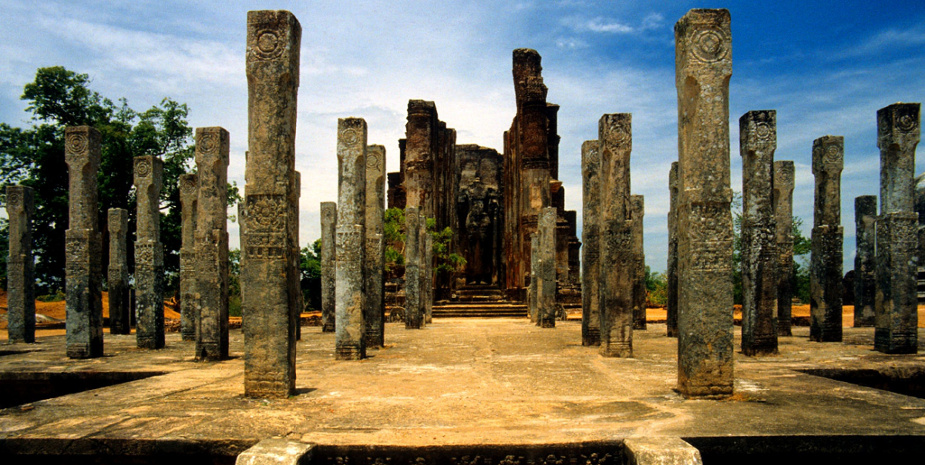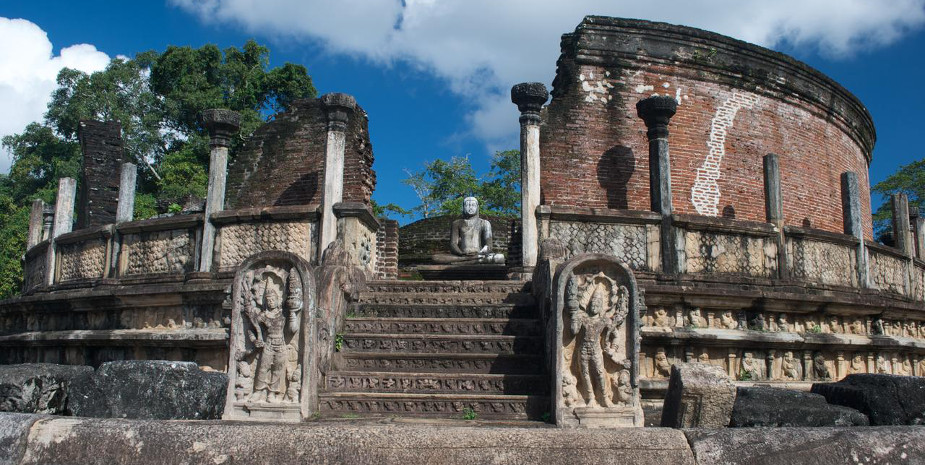The Sri Lankan culture is as diverse and fascinating as the landscapes and its history. Numerous cultural influences from west and Southeast Asia, from the colonial powers of Portugal, the Netherlands and England and also the different ethnic groups (Sinhalese and Tamils) have shaped the country. In addition, religions have a big impact on cultural life. Buddhists, Hindus, Muslims and Christians are living in Sri Lanka.
As a result, the island has developed a unique and distinctive cultural diversity.
The most important cultural treasures of Sri Lanka are located in the so-called cultural triangle between the cities of Kandy, Anuradhapura and Polonnaruwa. In this region the remains of ancient imperial cities were discovered.
Kandy
In Kandy, the last royal city in the interior of the country, is the Sri Dalada Maligwa, the so-called temple of the scared tooth. It is the most famous Buddhist building in Sri Lanka and one of the highest sanctuaries of Buddhists worldwide. It is said, that in former times an Indian princess smuggled in her long hair a canine tooth of Buddha to Sri Lanka. The sacred tooth is kept in a tower of the temple, which is known for its beautiful wooden architecture. In a reliquary there is a jewelery box made of gold, in which several small caskets are hidden – in the smallest is the tooth bedded.
The golden roof of the temple can be seen from far away. Three times a day, drums proclaim that the head monk is on his way to pray in front of the Tooth Relic.
The temple complex extends over a large area and is incredibly impressive. Wonderful wood carvings on the ceilings, colorfully decorated columns, lovely designed Buddha statues and hundreds of incense sticks spread a unique atmosphere.
Anuradhapura
Anuradhapura, located about 140 kilometers north of Kandy, was the center of several Sinhala royal dynasties for over a thousand years. The city was built in the fourth century BC. It was the first capital city of Sri Lanka. After the abandonment of the city in 1073, its palaces, monasteries, stupas and temples were overgrown by the jungle and only partially re-exposed in the 20th century. Anuradhapura is a UNESCO World Heritage Site and with an area of 40 square kilometers it is one of the largest ancient ruins in the world. Here you can experience the Sri Lankan history and walk on the paths of the former royal dynasties.
Polonnaruwa
After Anuradhapura was destroyed, Polonnaruwa ascended to the new capital town in the eleventh century AD. A magnificent city was built with royal palaces, temples, an artificial lake and four giant Buddha statues. The heyday of Polonnaruwa came to an end in 1214 and Polonnaruwa was abandoned.
In the 19th century the overgrown city was rediscovered and excavated by English archaeologists. Many of the old buildings have been preserved very well and the splendor of former times can be seen even for visitors.
Since 1982 the ruins of this Polonnaruwa have been a UNESCO World Heritage Site.


